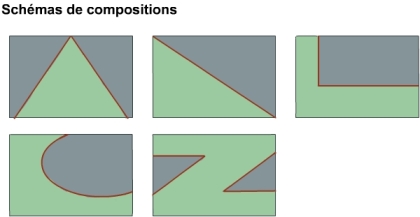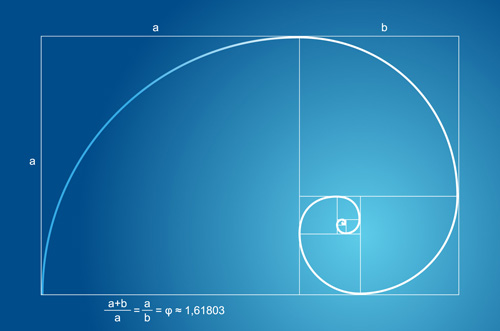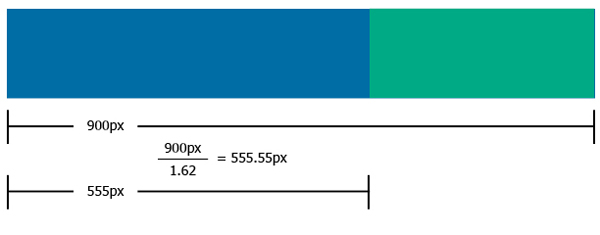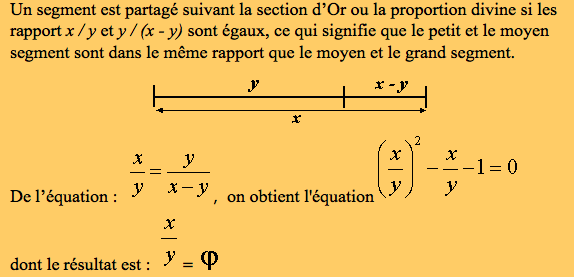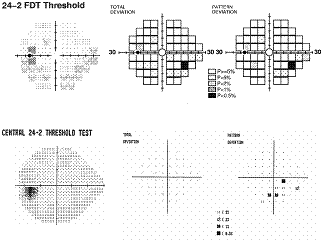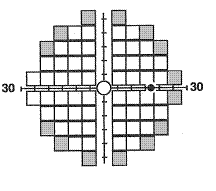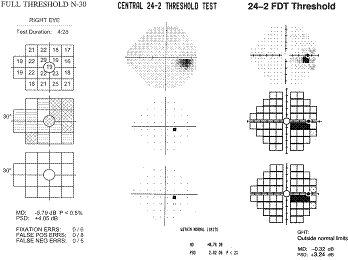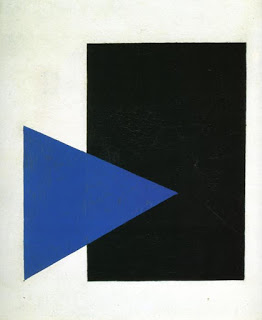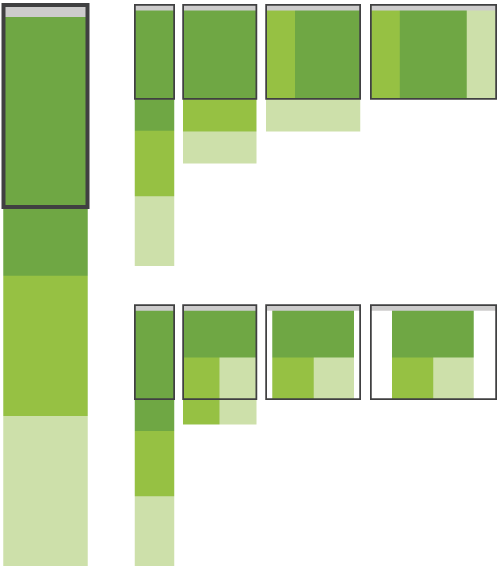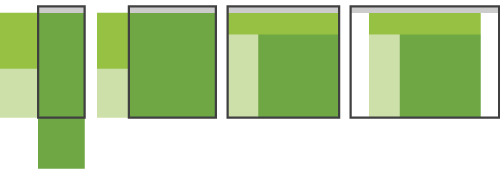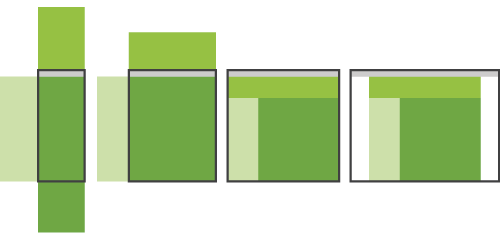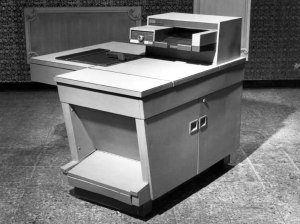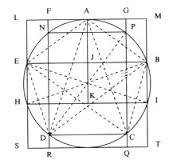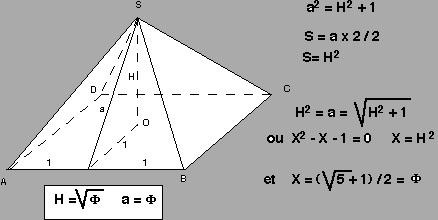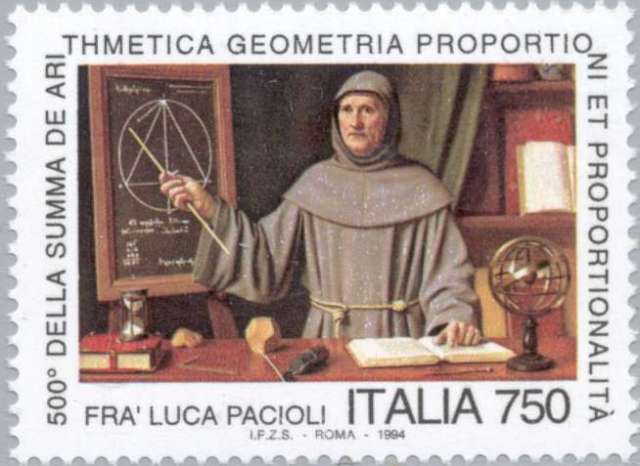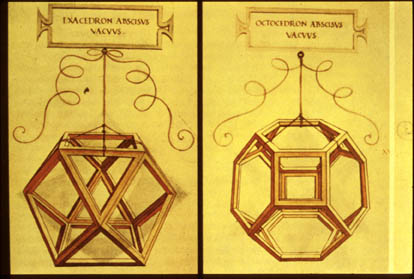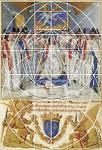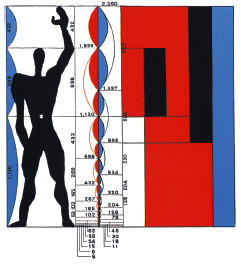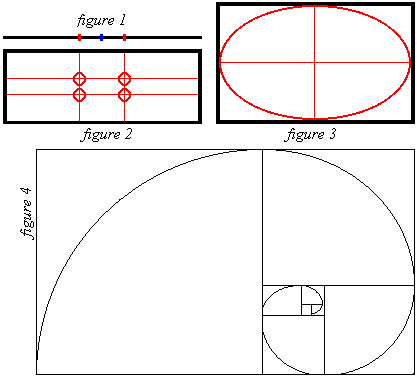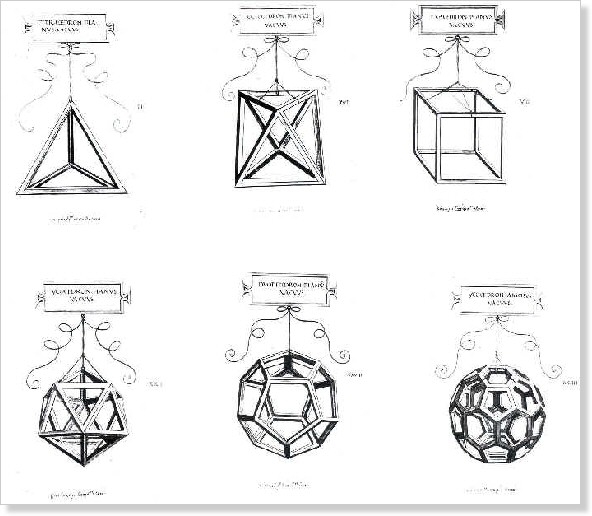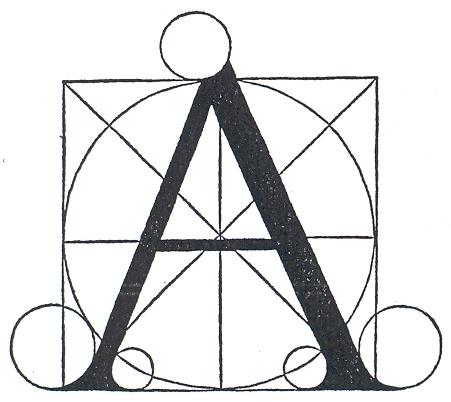1969 – VIDEOPLACE
by artist, Myron KruegerVideoplace is an early example of augmented reality art, done by an artist whose interests lay mostly in VR. The installation features computer projection that interacts with the viewer’s physical shadow.
— jtnimoy

Myron Krueger is one of the original pioneers of virtual reality and interactive art. Beginning in 1969, Krueger developed the prototypes for what would eventually be called Virtual Reality.
These “responsive environments” responded to the movement and gesture of the viewer through an elaborate system of sensing floors, graphic tables, and video cameras. Audience members could directly interact with the video projections of others interacted with a shared environment. Krueger also pioneered the development of unencumbered, full-body participation in computer-created telecommunication experiences and coined the term “Artificial Reality” in 1973 to describe the ultimate expression of this concept.
— Jeremy Turner of CTheory


After several other experiments, VIDEOPLACEwas created where the computer had control over the relationship between the participant’s image and the objects in the graphic scene. It could coordinate the movement of a graphic object with the actions of the participant. While gravity affects the physical body, it may not control or confine the image which could float, if needed. A series of simulations could be programmed based on any action and Videoplace offered over 50 compositions and interactions (including Critter, Individual Medley, Fractal, Finger Painting, Digital Drawing, Body Surfacing, Replay, among others). To illustrate, when the participant’s silhouette pushed a graphic object-the computer could choose to move the object or the silhouette. Or, as in Finger Painting where each finger created flowing paint without the distraction of the silhouette.
— from Praveen Vajpeyi’s Parsons Thesis


Originally trained as a computer scientist, Myron Krueger, under the influence of John Cage’s experiments in indeterminacy and audience participation, pioneered human-computer interaction in the context of physical environments. Beginning in 1969, he collaborated with artist and engineer colleagues to create artworks that responded to the movement and gesture of the viewer through an elaborate system of sensing floors, graphic tables, and video cameras.
At the heart of Krueger’s contribution to interactive computer art was the notion of the artist as a “composer” of intelligent, real-time computer-mediated spaces, or “responsive environments,” as he called them. Krueger “composed” environments, such as Videoplace from 1970, in which the computer responded to the gestures of the audience by interpreting, and even anticipating, their actions. Audience members could “touch” each other’s video-generated silhouettes, as well as manipulate the odd, playful assortment of graphical objects and animated organisms that appeared on the screen, imbued with the presence of artificial life.
–quoted from ArtMuseum.net
Those images at the top of the page are probably © Myron Krueger, and are being used without his expressed consent. I pasted them from the cited sources. |












 (Győző Vásárhelyi)
(Győző Vásárhelyi)


